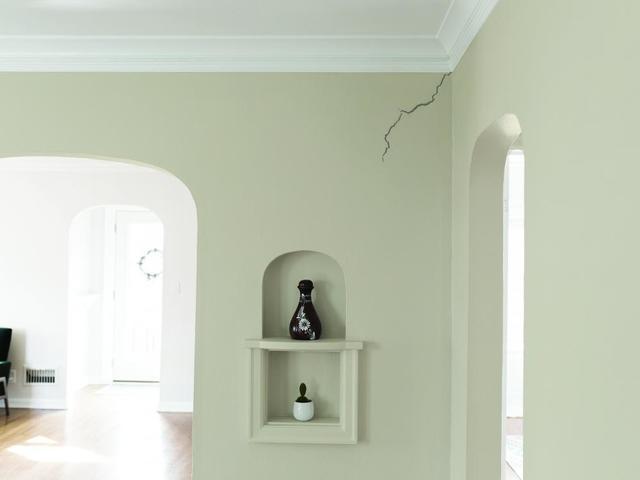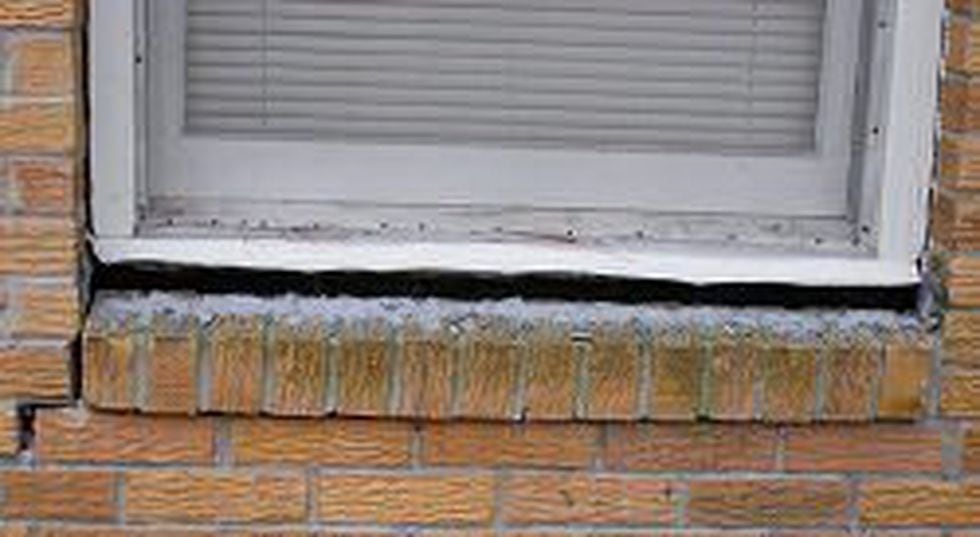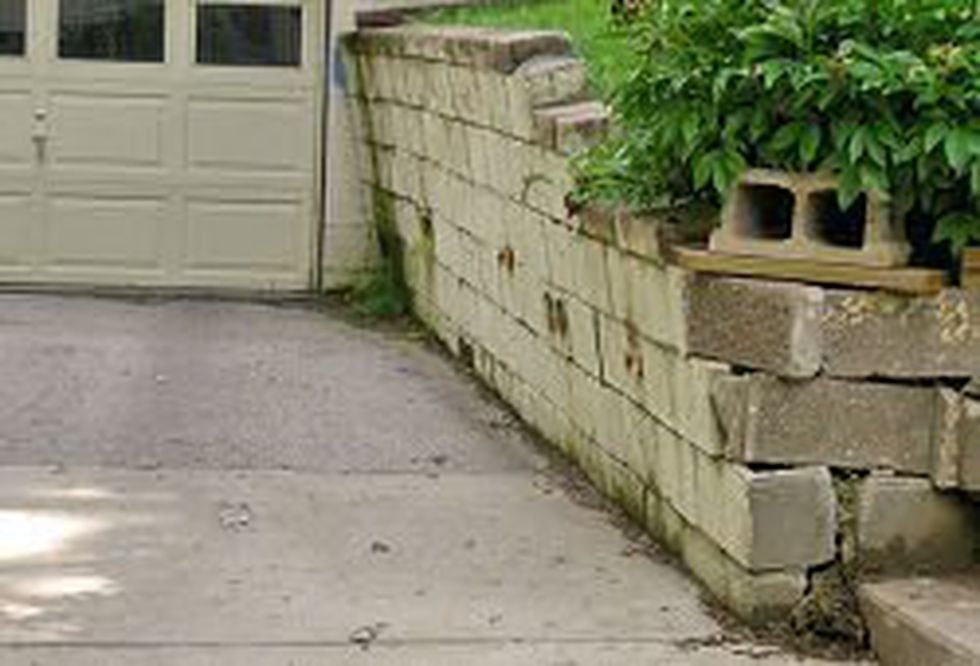Do You Have Damaged Foundation Walls in Your Home?

As a homeowner, no one wants to deal with a foundation problem, especially since it is associated with potentially expensive repairs. However, correctly identifying a foundation problem before it becomes too severe is the key to limiting the scope of the damage.
Have you noticed cracks in your foundation walls? Do you have uneven, bowing walls and sticking doors and windows? If so, you may have a serious foundation wall problem.
Bowing walls are being pushed inward, usually by expansive soils or hydrostatic pressure. Expansive soils push against the wall due to water or frost effects. Hydrostatic pressure is when underground water applies inward force against your wall. Common symptoms of this problem include horizontal or stair step cracking along the foundation wall, diagonal cracks in the corners, inward bulges, and walls leaning in at the top or bottom. Any of these issues can severely impact the structural integrity of your foundation.

Wall cracks come in a variety of types, including horizontal or vertical cracks running the length of the wall, stair step cracks, and diagonal cracks in corners around doors and windows. Foundation wall cracks are generally caused by the natural shrinkage of concrete as it cures, foundation settlement, and expansive soils. Though a small crack may not be cause for concern, any significant crack could be an indicator of structural problems with your foundation.

If you have windows or doors that are difficult to open and close, misaligned locks, or cracks at the top corners of the openings, the problem may be with your foundation! While cracks above the window or door are an obvious warning sign, sticking windows and doors often indicate foundation settlement as well. When sections of your foundation sink into the soils around your home, the walls shift and change your house’s alignment. This creates skewed openings that cause inflexible drywall to crack and leads to windows and doors getting stuck.

Retaining walls are designed to resist the lateral pressure of the soil, but they are still susceptible to tilting, cracking, and buckling. The easiest ways to tell if your retaining wall is damaged is to look for tilting at the top of the wall or separation between the retaining wall and the adjacent structure. These issues can be caused by poor construction, poor drainage around the wall, and expanding soils. All of these factors create additional pressure on the wall and cause it to deteriorate. When you see these problems, your retaining wall needs repair or it will eventually fail completely.

If you find any of these situations in your home click here for more information.
We offer free estimates too!









